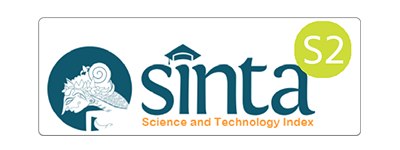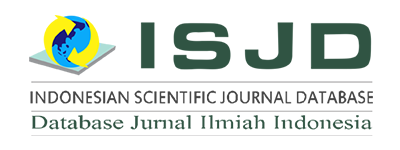Cytotoxicity and Selectivity of Simpur Air (Dillenia suffruticosa) Wood Bark Fractions Against Cancer Cells
Sitotoksisitas dan Selektivitas Fraksi Ekstrak Kulit Kayu Batang Simpur Air (Dillenia suffruticosa) terhadap Sel Kanker
DOI:
https://doi.org/10.31002/jtoi.v16i2.551Keywords:
Dillenia suffruticosa, selectivity, cytotoxicity, cancer cellsAbstract
Liver, colon, and cervical cancer are the top three types of cancer which rank in the top five worldwide in terms of incidence and mortality. Simpur air (Dillenia suffruticosa)plant has traditionally been used for the treatment of various diseases, one of which is cancer. This study aims to prove cytotoxic effect and selectivity of simpur air wood bark fractions against liver HepG2, colon WiDr, and cervical HeLa cancer cells. Simpur air wood bark is macerated using 96% methanol. The methanolic crude extract was fractionated with the liquid-liquid partition method using n-hexane and ethyl acetate. Cytotoxicity test using MTT assay method. The result showed that the methanol extract, n-hexane fraction, ethyl acetate fraction, and methanol fraction in liver HepG2 cancer cells had IC50 values 179,32±13,55; 85,14±8,58; 140,08±22,63; >500 µg/mL and in colon WiDr cancer cells had IC50 values 133,02±27,64; 41,54±37,58; 124,76±17,22; >500 µg/mL. Meanwhile, all fractions had IC50 values >500 µg/mL in HeLa cervical cancer cells. These data indicate that the n-hexane fraction in WiDr cells is potentially cytotoxic and selective with a selectivity index value greater than 3. Thus, simpur air wood bark has the potential to be developed as an anticancer drug candidate.
Downloads









